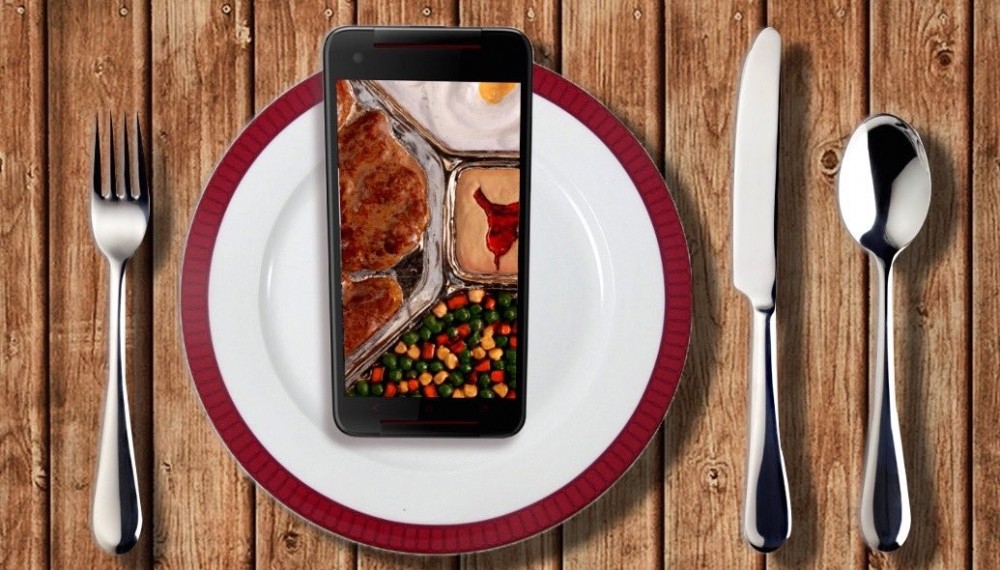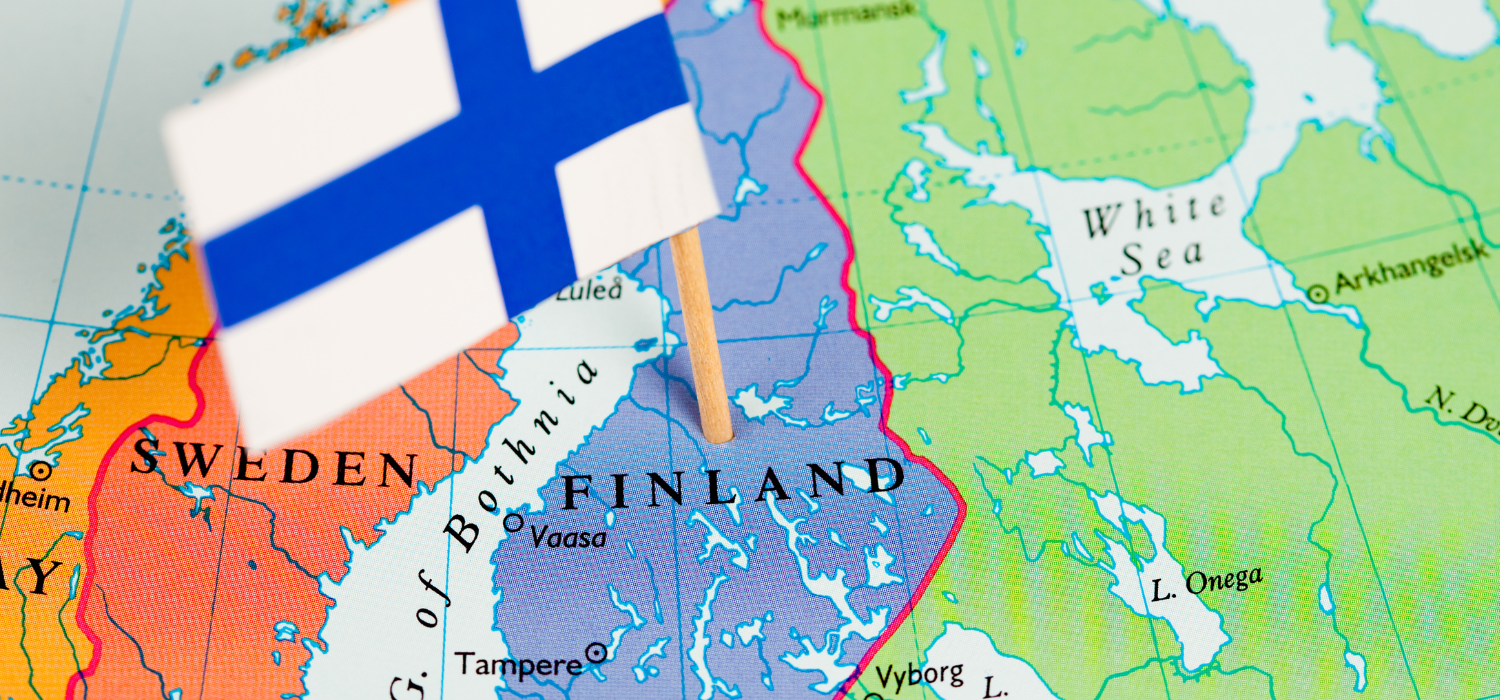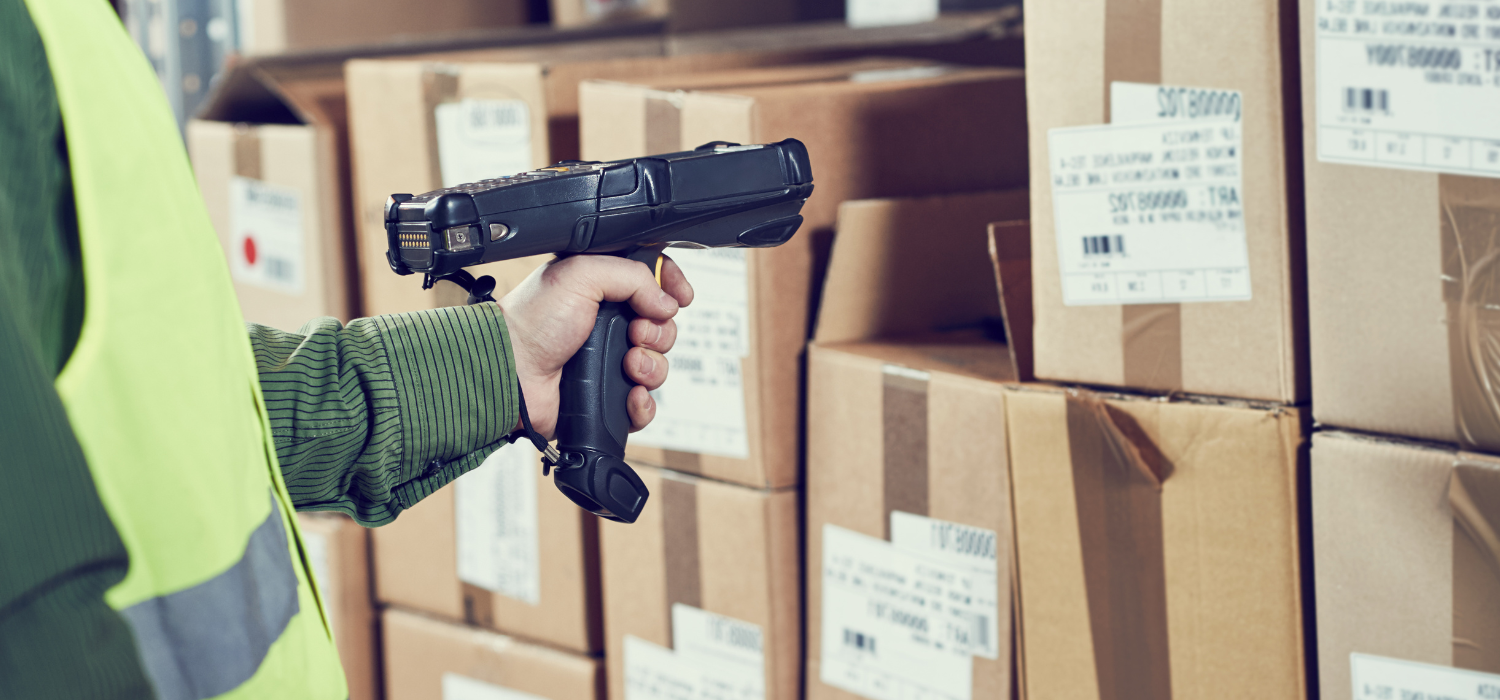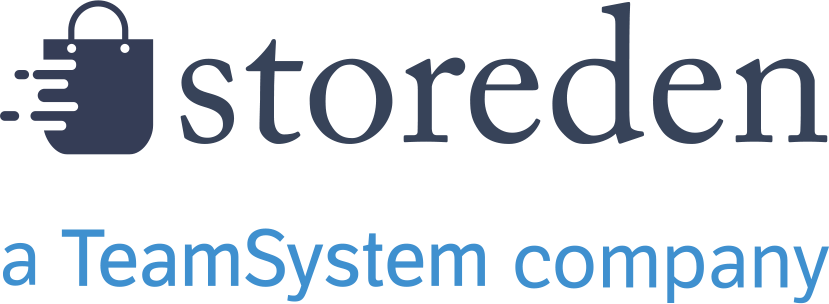eCommerce plays a fundamental role in the general trend of FMCG, and this is demonstrated by the figures for 2021: according to recent research by Netcomm’s Digital FMCG Observatory in collaboration with NielsenIQ, in fact, if the large-scale retail trade in the physical channel recorded a growth of 0.4%, the figure goes up to 1% if the online sales channel is also included.
In fact, online spending on FMCG products in Italy in 2021 grew by 37.5% after Italians’ online spending in this category had reached EUR 2.9 billion in 2020, i.e. 84% more than in 2019, also due to the pandemic and related restrictions.
Best-selling products
Products belonging to the ‘premium’ segment, i.e. those with a price index of more than EUR 150 and an average price that is at least 50% higher than the average price of the category, are among the best-selling types of goods online in Italy. While in general this type of product has a value share of 23%, in the eCommerce world this rises to 34%, thus becoming the preponderant price category online.
This category includes organic, free-from (i.e. products without certain ingredients or substances, such as gluten-free or lactose-free products) and made-in-Italy products which, thanks to the digital channel, have almost doubled their value share compared to offline channels (3.6% offline versus 6.7% online).
According to IRI Liquid Data, moreover, products purchased online are increasingly similar to those generally purchased from physical sales channels. In addition to products that have always recorded significant online sales shares, such as personal care and pet care products, other product categories, including beverages, fresh meat, home care products, grocery, frozen food, fresh produce and fruit and vegetables, are also achieving online sales shares very similar to those of the physical channel.
What the data tell us
eCommerce is therefore increasingly developing its own sales identity in terms of its offerings and is proving to be a very receptive channel for the promotion of new products.
At the same time, online shops are increasingly resembling physical shops, with similar product assortments and ever larger catalogues.
Two trends for the future of the sector
1. Increasing complexity
Since the range of products on offer online is notoriously broader than in any physical channel, specific know-how is now more indispensable than ever before in order to propose one’s offer to the consumer who, when surfing online, is confronted with a potentially infinite variety of products.
The problem will therefore be how to bring the consumer closer to the virtual shelf of one’s own e-shop by managing to exploit the marketing techniques and strategies implemented in physical shops even in the reduced space offered by a screen, bearing in mind that purchases made via mobile devices and smartphones have recorded a 68% increase, proving to be the main purchasing channel with an overall weight of 59% on the entire Food & Grocery sector alone.
Facilitating product search and defining exploratory priority levels therefore become crucial elements to satisfy the user and optimise revenues.
Not only that. Increasingly, the offer in terms of logistics and transport services is also making a difference.
2. Growth of Click&Collect and the importance of logistics
Since the beginning of the pandemic and throughout 2021, the Click&Collect formula, i.e. ordering online and collecting from the shop or a Pick-up Point, has continued to grow, rising from 9.2 per cent in 2019 to 20.2 per cent already in the first quarter of 2021.
Although the demand for the service still fluctuates greatly depending on the time of year, the trend of contagions and new consumer habits, the growth figures show that we are facing a long-term trend and, therefore, a logistics organisation dedicated to online channels that is much more flexible than that of physical shops will be indispensable for the near future.
What guarantees the success of Click&Collect are the advantages that this modality offers both in economic terms – the formula allows savings on delivery costs – and environmental terms, offering a valid and practical alternative to traditional home delivery.
Sustainability, in fact, is an increasingly important driver for consumers, who are also demanding greater attention to this issue in terms of logistics and transport services. In the development of FMCG eCommerce, therefore, logistics will be the element at the centre of competition and strategic considerations with repercussions on the one hand on the service offered to the end consumer and, on the other hand, on the management of operations and their sustainability by companies.
The role of GEL Proximity
An innovative, sustainable solution capable of satisfying the new and increasingly pressing needs of consumers is that offered by GEL Proximity, which aggregates Italian networks of Pick-up Points and automatically manages the exchange of information required for shipping.
If you have an eCommerce channel and would like to find out more about our services, the benefits we offer and how we can help you improve your channel and your customers’ shopping experience, contact us now.








